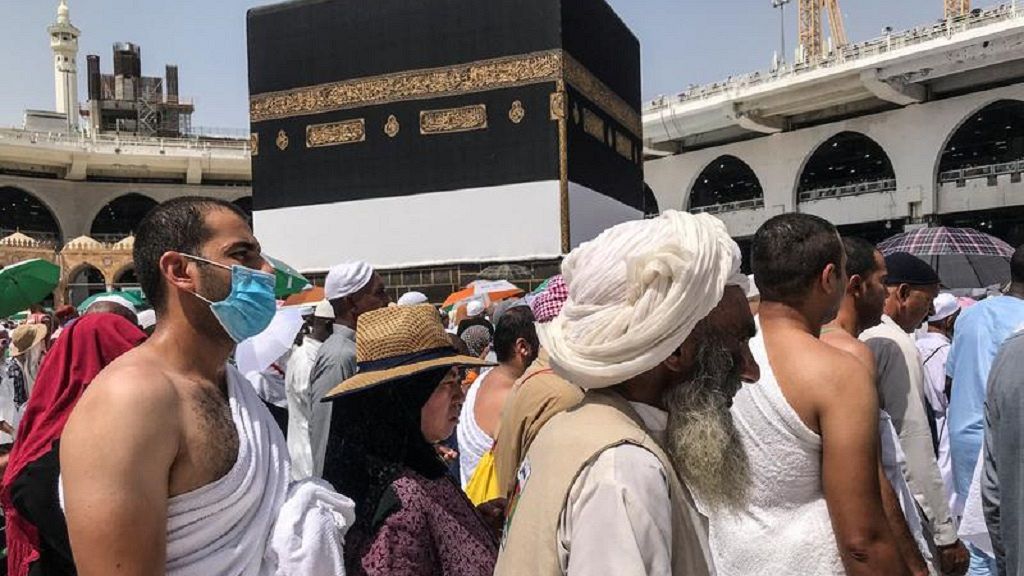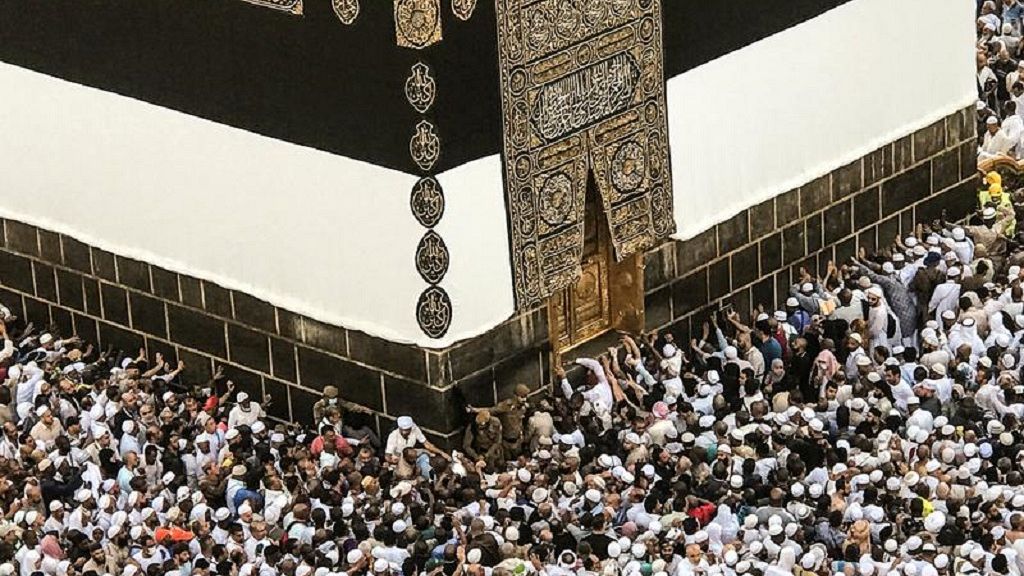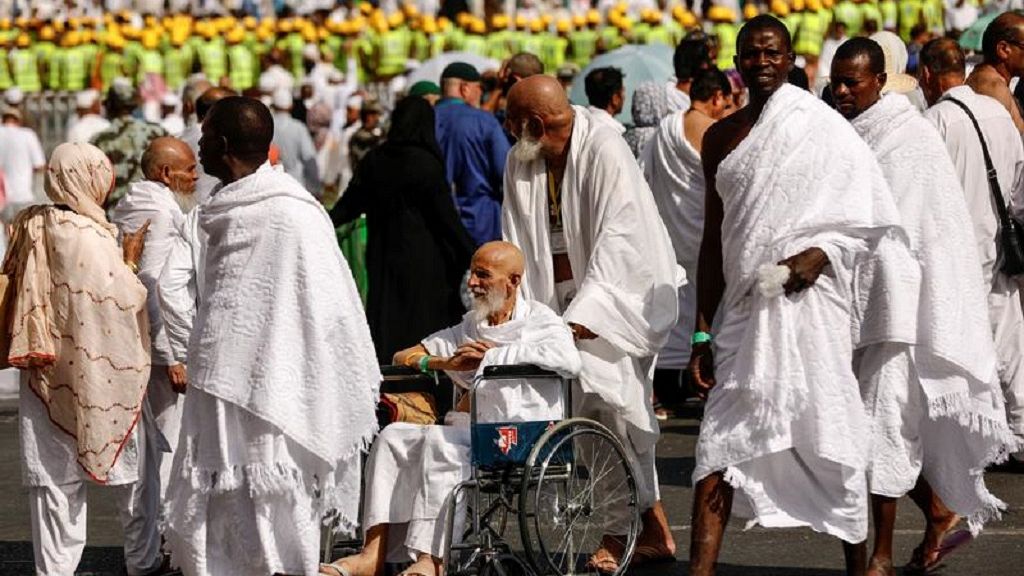The Japanese government is preparing to raise the crude storage capacity that it lends to state-owned Saudi Aramco by 1.9 MMbbl (300,000 kilolitres) this summer, the trade ministry said on Friday.
Japan and Saudi Arabia last October agreed to raise the storage capacity in Okinawa, an island southwest of Japan, from 1 MMkl to 1.3 MMkl (8.2 MMbbl) by the summer of 2017, an official from the Ministry of Economy, Trade and Industry said, without commenting on a detailed timetable for the launch of the new tanks.
Currently the work is under way to have the additional storage ready at a storage facility in Uruma City in Okinawa prefecture, the official added.
Saudi Aramco has stored crude in Okinawa since February 2011 at no cost, and has used the facility to supply oil to China, Japan and South Korea and others.
Japan has a similar deal with Abu Dhabi National Oil Co (ADNOC), under which ADNOC can store up to 6.29 MMbbl (1 MMkl) at Kiire oil terminal in Kagoshima, in southern Japan, at no cost. ADNOC does not use the storage for commercial purposes, the trade ministry official said.
Japan treats the crude oil stored by Aramco and ADNOC as quasi-government oil reserves, counting half of the barrels as national crude reserves. In return for providing free storage space to them, Japan gets a priority claim on the stockpiles in case of an emergency.
Aramco and ADNOC need to fill at least half of the storage space at all times.
Japan has extended the storage deals with Aramco and ADNOC to the end of December 2019.
Aramco and ADNOC stored a total 1.67 MMkl (10.5 MMbbl) at the end of April, trade ministry data showed, which is equal to about 83.5% of space that Japan lends to them, according to Reuters calculations.
The Japanese government is preparing to raise the crude storage capacity that it lends to state-owned Saudi Aramco by 1.9 MMbbl (300,000 kilolitres) this summer, the trade ministry said on Friday.
Japan and Saudi Arabia last October agreed to raise the storage capacity in Okinawa, an island southwest of Japan, from 1 MMkl to 1.3 MMkl (8.2 MMbbl) by the summer of 2017, an official from the Ministry of Economy, Trade and Industry said, without commenting on a detailed timetable for the launch of the new tanks.
Currently the work is under way to have the additional storage ready at a storage facility in Uruma City in Okinawa prefecture, the official added.
Saudi Aramco has stored crude in Okinawa since February 2011 at no cost, and has used the facility to supply oil to China, Japan and South Korea and others.
Japan has a similar deal with Abu Dhabi National Oil Co (ADNOC), under which ADNOC can store up to 6.29 MMbbl (1 MMkl) at Kiire oil terminal in Kagoshima, in southern Japan, at no cost. ADNOC does not use the storage for commercial purposes, the trade ministry official said.
Japan treats the crude oil stored by Aramco and ADNOC as quasi-government oil reserves, counting half of the barrels as national crude reserves. In return for providing free storage space to them, Japan gets a priority claim on the stockpiles in case of an emergency.
Aramco and ADNOC need to fill at least half of the storage space at all times.
Japan has extended the storage deals with Aramco and ADNOC to the end of December 2019.
Aramco and ADNOC stored a total 1.67 MMkl (10.5 MMbbl) at the end of April, trade ministry data showed, which is equal to about 83.5% of space that Japan lends to them, according to Reuters calculations.







